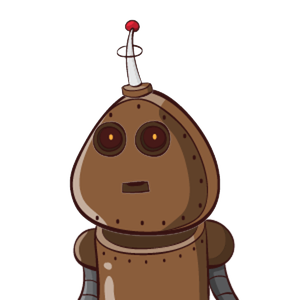Many recent innovations in robotics center on new ways of helping humans and robots work together. Robots, trainable robots, AI-powered healthcare bots — many new and exciting ideas have turned up recently in proof of concept research. But how have robots affected humans in the real world, on the factory floor or the loading dock?
The need for speed
One of the most famous effects of robot coworkers is faster, more demanding machinery. Amazon warehouses saw injury rates increase when automation led to faster throughput. The number of pieces humans were expected to process increased significantly when machinery sped up the system, and the rush to meet the new speeds turned out to be dangerous for the people.
This will be a familiar story to manufacturers, too. Not only can the increased speed be rough on humans who are forced to speed up along with the machinery, but it can lead to workers’ ignoring or even dismantling safety protocols.
The pressure to work at faster speeds can be stressful, too. One study found that American workers were more likely to have problems with substance abuse after robots were introduced Ito their workplaces.
Social factors
There are concerns that increased automation can lead to decreased interaction among human beings. This can result in a sense of meaninglessness or general dissatisfaction with work.
On the other hand, people also anthropomorphize their machinery and become fond of some kinds of robots, just as people become attached to their phones or cars.
And workers whose more menial tasks are taken over by robots may feel more fulfilled by the more creative and challenging tasks they are left with.
Taking on the dangerous jobs
At the same time, robots can take on dangerous tasks. In warehouses, these include lifting the heaviest items, especially when the movements involved entail twisting gate trunk. With robots performing these movements, people are less likely to hurt their backs. The same is true in many industrial situations.
Falls, contact with caustic chemicals, and many more once-common dangers have been reduced by automation. The modern factory is a far cry from the early days of large-scale manufacturing.
You Indramat motion control systems may have been around long enough to have seen a lot of change sin robotics and automation. They may also still be pulling their weight. We can help you keep them running at their best. Call us for immediate assistance with any service needs for your Indramat motion control.
